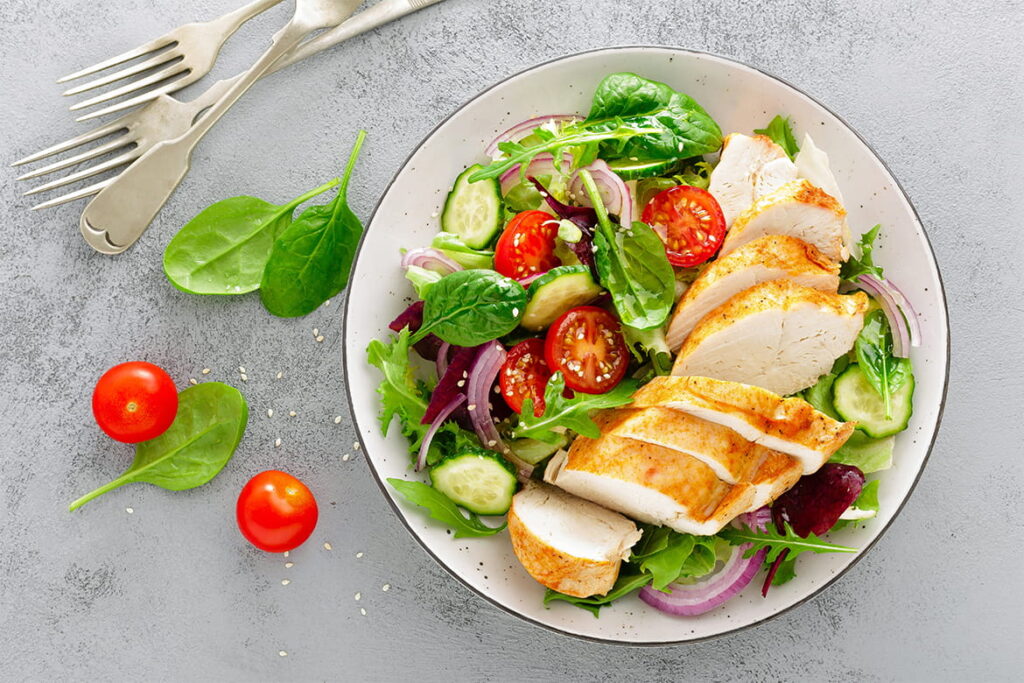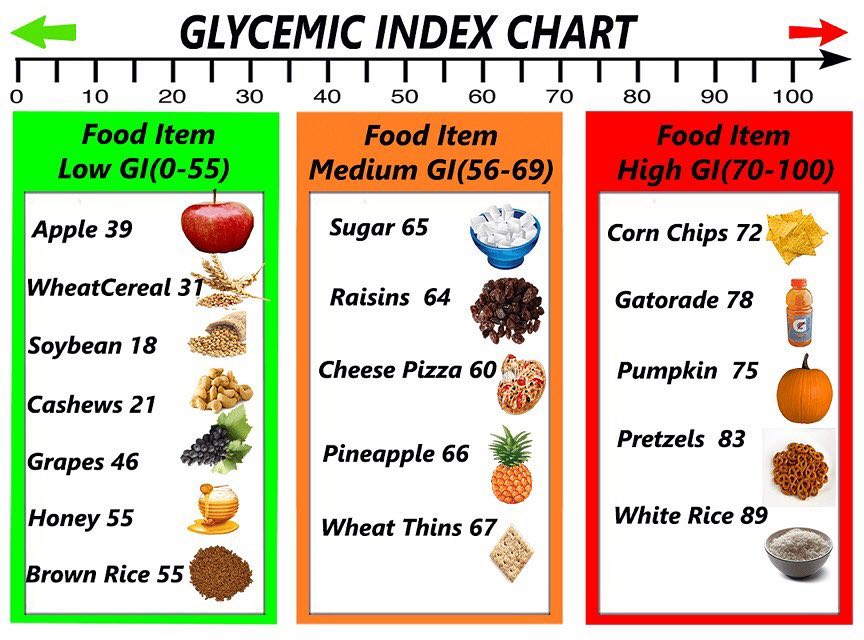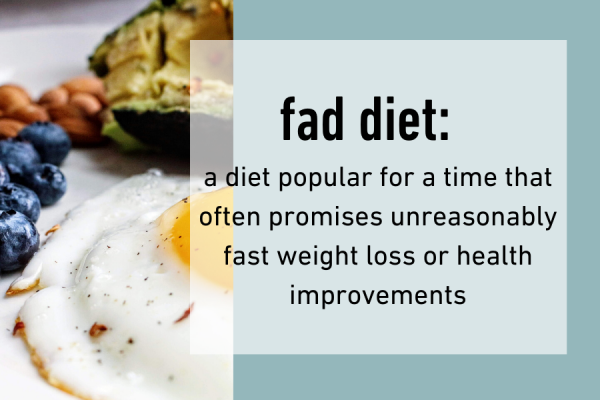
Every martial artist wants to have the best physique in order to excel as a fighter.
Having optimal weight, being the best in the weight category and winning is every fighter’s dream.
We have dedicated an entire article to the advantages and disadvantages of weight cutting and how weight cutting differs from weight loss.
Read More: Cutting Weight vs Weight Loss: What’s the Difference?
To cut weight you need to reduce your calorie intake. However, you should not cut it so low that you have no energy left to fight. So let’s start with an overview of your calorie requirements and then move to different diets that will help you shed the weight quickly.
Understand your Calorie Requirements

While aiming to reduce weight it is essential that the body’s energy requirements are met adequately. Martial artists especially need to remember that they need sufficient energy to meet their regular needs and also the extra energy for their training.
Calories usually come from carbohydrates, protein, and fat. One gram of carbohydrates or protein gives 4 calories while one gram of fat gives 9 calories.
- Male martial artists who train for more than 90 minutes a day need at least 50 kilocalories per kilogram of weight per day.
- Female martial artists who train for the same amount of time need around 45 to 50 kilocalories per kilogram of weight per day.
- Those who train in high aerobic and anaerobic conditions have greater calorie requirements and may need around 6,000 calories or more for males and 4,000 calories per day for female martial artists.
Read more: Weight Loss Battles: The Truth About ‘Starvation Mode’
7 Different Types of Restricted Diets for Weight Loss or Weight Cutting
There are three diet plans that are usually followed separately or as a combination in order to help lose body weight. A restricted diet is a combination of low-calorie, low-carb, and low-fat diets to ensure all bases are covered and create a state of ketosis that helps quell hunger.
Keeping a check on calories ensures that the amount of calories taken is lesser than the amount that you burn. They are only recommended for the short term.
1. Low-Fat Diets for Weight Loss

In low-fat diets, the focus is on eating meals that contain high-quality, lean protein sources such as egg whites, chicken, turkey, fish, or Greek yogurt. Only the low-fat versions of these foods can be chosen. Egg yolks are usually avoided due to their fat content.
However, it is important that a small amount of fat is consumed. Fat has an important role in the production of steroid hormones and androgen receptor density. Besides this, it is needed for mitochondrial health, cell membrane function, and provision of fat-soluble nutrients.
This diet plan, if followed religiously, leads to significant weight loss in a short period of time. But owing to the lack of variety, this diet can easily lead to boredom and cause the weight-watcher to lose interest. They are less satiating than diets that have more fat. Though blood sugar levels are stable, one still feels hungry. On returning to a normal diet, it is easy to start gaining weight once again.
Such diets are not sustainable in the long term. However, it helps break through dieting plateaus and is quite simple to plan and follow for the short term. The low-fat component keeps the heart healthy and maintains lipid levels in the blood too.
2. Low Carb Diets for Weight Loss

A calorie-reduced low-carb diet is an effective way to lose weight. The body readily burns stored fat when carbs are absent and insulin levels are low.
A study recorded that:
“As soon as carbohydrate is insufficiently available for the needs of metabolism, depot fat flows to the liver and is there catabolized to ketone bodies which recent proof has shown to be burned peripherally in the muscles independent of carbohydrate metabolism.”
The downside of this diet is that it may lead to fatigue and moodiness which can seriously affect martial arts performance. Carbs have an important role in serotonin production. Serotonin regulates mood and anxiety. Low serotonin levels contribute to increased anxiety and depression.
Read more: The Complete Guide to High Protein Low Carb Diet for Weight Loss
Rany Saadeh, an MMA fighter out of Berlin, Germany, and the #7th ranked Pro-Mens Flyweight in the United Kingdom & Ireland shares his experience of preparing to defend his BAMMA title in 2015:
“I was struggling with energy levels and my body switched into an energy-saving mode during the weeks of preparation. If I wasn’t training, I was sleeping to just have enough energy for a training session. I felt fatigued after one hour of training and I hated that feeling. That was always 8 weeks of my life not being enjoyable at all, let alone the mental challenges that came from resisting most of the food.”
Saadeh decided to modify his diet plan to a diet that was moderate in all macronutrients and rich in micronutrients. He lowered his fat intake and increased healthy well-timed carbs while restricting portion sizes and applying diet hacks to control his appetite. He advises fighters to prepare a weight loss plan keeping their body type and ratio in mind.
Saadeh says, “During intense anaerobic loads, your muscles need glucose. During these processes, your body produces lactic acid, which is a by-product of your muscles using glucose for energy output. Your body even needs glucose for aerobic processes lasting up to 90 minutes. The harder you train, the more carbs you need.
Also, training with depleted glycogen stores makes you prone to illness. Enough reason to have these glycogen storages moderately filled and not empty by eating simple and complex carbs that are rich in fiber, such as oats, legumes, fruit, and vegetables.”
3. Low-Calorie Diets for Weight Loss
Low-calorie diets are based on the simple principle that if you eat less than you burn, you will lose weight. For example, if a person’s maintenance level is 2800 kcal then their body weight will naturally reduce if they lower their caloric intake to 2000 kcal per day.
If there is a drastic cut in the number of calories, it can cause more health problems for the fighter. Less food means fewer nutrients and can affect both performance and recovery and cause the fighter hit a plateau sooner. But weight gain or loss is also dependent on a person’s hormonal response.
George Lockhart is the nutrition coach of Irish professional mixed martial artist and boxer Conor McGregor. He explains,
“Some people can go and eat a ton of food without gaining a pound, but someone like me gains weight from eating really easily. That’s because of our different hormonal responses to the foods. When I eat them I have a more abundant hormonal response and my body stores a lot more, which allows me to gain weight more efficiently. If I can affect the hormones of an individual, that gives me the ability to dictate the size, muscle mass, and fat mass an individual has.”
4. The Low Glycemic Index Diet

The glycemic index ranges from 0-100 and shows how quickly carbohydrates are broken down by the body and converted to glucose from the time they are consumed. Food items are usually grouped into three groups. These include High GI foods (over 70), Medium GI foods (55-70), and Low GI foods (under 55).
Eating junk food or food that is high in sugar causes high amounts of insulin to be released in the body. Having such food more often adds to the pressure on the pancreas and increases the danger of diabetes. It also causes the person to feel hungry faster. The Low Glycemic Index Diet is recommended to people of all age groups as it has more advantages than any other diet.
The advantages of such a diet are:
- It causes the least fluctuations in glucose and insulin levels.
- It includes natural, unrefined, and unprocessed food which provides essential nutrition to the body
- It keeps energy levels stable for a much longer time. It also builds up overall health in the body without putting additional strain on the pancreas.
- It is known to reduce the risk of Type 2 Diabetes and the incidence of heart disease.
- It lowers lipid levels in the blood and minimizes the risk of cancer.
- It helps improve physical endurance too.
Read more: 10 Fat-Burning Foods to Lose Weight Faster
5. Short Term Crash Diets

A crash diet is an extreme method used to lose weight within a short period of time. The number of calories is reduced to as low as 700 calories a day. It helps lose from 5 to 20 pounds within a few days. This is useful for those who want to lose weight for special occasions such as a wedding, party, or date.
The downside of this is that it is not easy to implement, can be monotonous, and restricts calorie intake. The loss of valuable nutrition can lead to a lot of stress on the body.
There are various kinds of crash diets which include the Juice Fast Crash Diet, Cabbage Diet or Cabbage Soup Diet, 3-day diet, Master Cleanse, Xtreme Fat Loss Diet, Grapefruit Diet, the Clean Program, and Hollywood Diet among others. Crash diets are not without risks.
Some of the risks include slowing down of the metabolism, loss of muscle, weight gain after the crash diet, weakening of the bones, deprivation of essential nutrients, weakening of the immune system, cardiac stress, and heart palpitations.
Fighters who are interested in going on a crash diet need to ensure that they are healthy, take a multivitamin every day, have enough nutrient-rich foods, and drink plenty of water.
To keep the benefits of the crash diet, you will have to resist binge eating afterward. Doing weight-bearing exercises is good to keep the bones strong. After the crash diet, it is advisable to begin a sustainable long-term diet.
Read more: 7 Strategies to be Assertive and Take Control of your Weight Loss Results
6. Fasting for Weight Loss

Fasting is the practice of eating little or no food. It has been in practice for centuries. Fasting is usually done for religious reasons and is popular as a weight loss method too.
There are various types of fasts that ‘flush out poisons’ and even purge several pounds of fat in a fixed time frame. Though it is helpful in reducing weight, there are also risks involved that can sometimes outweigh the benefits and cause more harm than good.
Some fasts have a very strict regimen and allow only water, juice, and some kind of laxative concoction. Other plans allow a few solid foods and provide a few calories. Fasting for a day or two is safe for healthy adults. Fasting for longer periods than 3 to 5 days can get dangerous if not done under supervision.
Intermittent fasting is another type of fasting that can be further classified into whole-day fasting, alternate-day fasting, and time-restricted feeding.
Read more: Intermittent Fasting Guide: Fasting Types, Fasting Benefits, FAQs, and More
7. Detox Diets for Weight Loss

A detox diet is an excellent way to help the body get rid of toxins. Detox helps the body’s vital organs rest and recover. The different ways to detox include various kinds of fasting which are followed by a period of clean eating.
Some detox diets also include smoothies, supplements, herbs, teas, and enemas too. They mainly cut out processed and inflammatory foods, refined sugar, alcohol, and certain foods and beverages. Buying organic fruits and vegetables, meat and wild fish helps decrease the intake of toxins from the diet.
Having enough fluids is also important to avoid dehydration which can otherwise cause headaches, anxiety, mood disorders, and decreased cognitive performance. A detox diet has several health benefits including increased energy and lowered stress levels.
Detoxing is a good way to ensure long-term change and sustainable weight loss that also leads to a resetting of eating patterns. Detox programs are a good way to control cravings and cure food addiction that cannot be managed by just willpower.
Read more: 7 Apple Cider Vinegar Drinks That Help You Detox and Lose Weight
Long-Term Weight Loss Strategies

When martial artists aim to lose weight and keep their weight low, it is good to have some strategies in place. If they stop being careful about watching their weight soon after they reach their desired goals, it will only cause them to lose everything that they had worked so hard for. Make a realistic plan so that it will be actually executed and sustained over a long period.
- Ensure that foods that trigger overeating are kept away.
- Another way to keep the weight under check is to ‘feel full’ Taking 15 to 20 minutes to eat gives the brain the impression that they have eaten enough.
- Take smaller portions or eat on smaller plates to avoid overeating. A small plate laden with food gives an illusion of having eaten a lot.
- Rewards are a great motivation in any plan. But when planning to celebrate milestones in losing weight, it is important to plan rewards that don’t involve food. A good reward would be something like going to a movie, a massage, or healthy ‘me-time.’
- It is necessary to keep track of how well the person is doing at keeping their weight under check. Keep a journal or use an app that measures how much activity is done and how much food is eaten. Being aware of the progress or the lack of it will help stay on track and meet weight loss goals.
Read more: Understanding and Preventing Muscle Loss During a Weight Loss Program
Before You Go…
Whether it is for short or long-term weight loss, the most important thing to bear in mind is that there isn’t a single formula that is applicable to everyone. A creative approach can be used to modify and plan a weight loss program according to the individual fighter’s physique and requirements.
The basic tenets to follow include lowering overall carb intake, having starchy carbs rather than simple carbs, eating plenty of vegetables, lean proteins, and small quantities of healthy fats. It is also essential to keep the body hydrated throughout the diet.
Weight-cutting practices, if done right, can significantly increase a fighter’s chances of winning. Lowering the weight for pre-fight weigh-ins, then showing up 10 to 30 pounds heavier to the actual fight can be quite the game changer.
But if done wrong, it can make even the toughest fighters lose their edge. They not only end up losing the fight but there’s also a serious risk of organ failure if weight cutting is done haphazardly.
No matter what the reason for wanting to lose weight is, it is important to choose weight loss practices that are healthy and safe. With commitment and dedication, anyone can lose weight.
Read more Weight Loss articles from FitnessHacks
